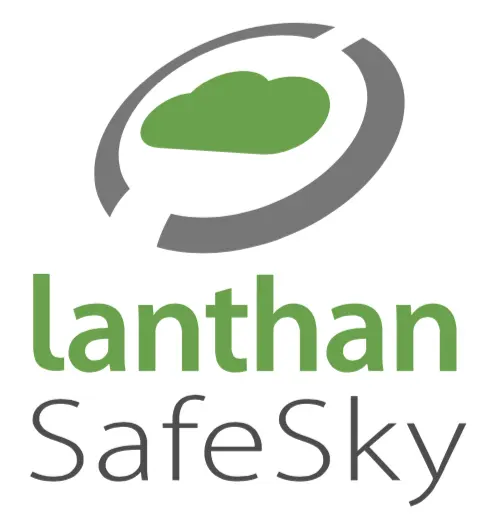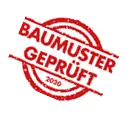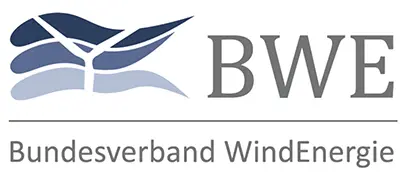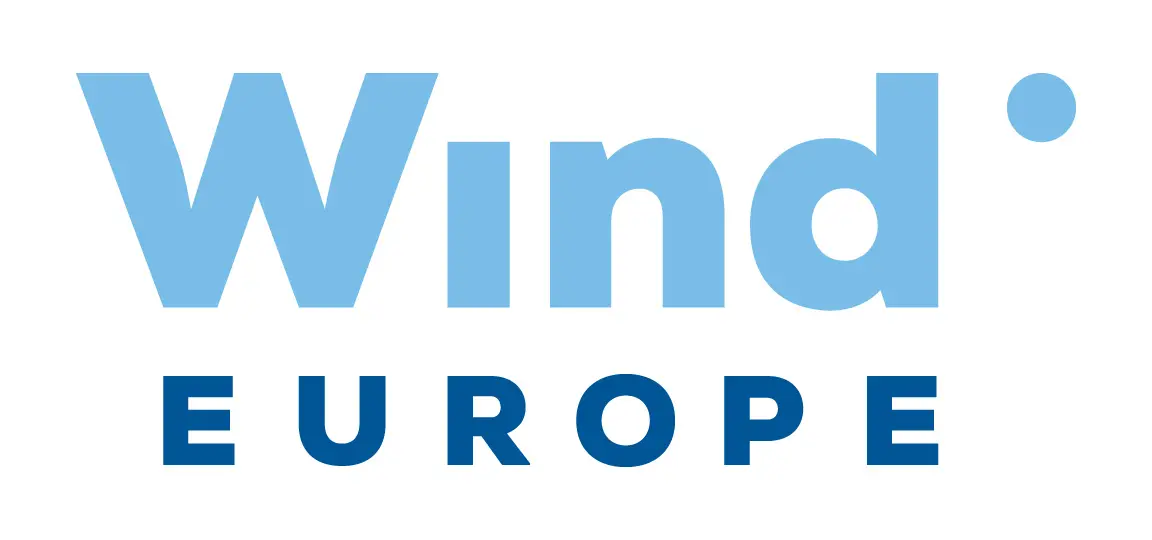
Success for aircraft detection lighting systems
In future, ADLS will also be approvable in control zones
- Residents in control zones around airports can also benefit from on-demand night-time marking in future
- WestfalenWind and the airsight type testing center played a key role in finding a solution
- Information on the new regulation is available from airsight
Walldorf, March 16, 2022
In the foreseeable future, residents and nature around wind farms in Germany will also be able to benefit from aircraft detection lighting systems (ADLS for short) in designated control zones around major commercial airports. Until now, these were explicitly excluded when it came to the use of ADLS – much to the displeasure of numerous operators who also wanted a solution for wind turbines within these zones. Control zones comprise the areas around certain airports, which accounts for around 4% of the area in Germany.
Michael Obst, Managing Director of WestfalenWIND GmbH, which coordinates the implementation of ADLS for many wind power operators in the Paderborn area, was an early advocate of demand-driven night-time marking and drew attention to the unresolved problem of using ADLS in control zones. “German Air Traffic Control (DFS) initially had reservations and acted cautiously when it came to the specific use of ADLS in control zones, which many operators did not agree with. As a result, the state aviation authority of North Rhine-Westphalia (Münster district government), the airsight type approval body and the Federal Ministry for Digital and Transport Affairs (BMDV) were involved in the consultations. Various technical solutions were proposed and discussed: Activation of the lighting by switching on the airfield lighting or, alternatively, by external manual activation. Another alternative was for the pilot to set a specific squawk code on his transponder. In air traffic, this reply code is a four-digit octal number that can be set by the pilot and is transmitted by a transponder in the aircraft when interrogated by the ground station or independently. This code is recognized by the ADLS and the fires are activated. This solution was ultimately considered to be the most sensible,” explains Michael Obst.
In the numerous discussions, representatives of Lanthan Safe Sky also worked together with the airsight type approval body to change the control zone regulations. It was a great success for everyone involved when the responsible state aviation authority and the Federal Ministry for Digital and Transport (BMDV) agreed that in future, WTGs within the control zones in the Paderborn area would also be allowed to convert to the demand-controlled night-time marking. The BMDV has also already announced that it will approach DFS in order to transfer this regulation to all other control zones in Germany if possible. “This decision is also the result of targeted and solution-oriented cooperation with the district of Paderborn and the responsible department head Martin Hübner,” praises Michael Obst from WestfalenWIND.
Gerd Möller, shareholder of Lanthan Safe Sky, adds: “We are not only pleased with the result, but also with the successful teamwork. Bringing everyone together is always a challenge, but our perseverance has paid off once again.”
About Lanthan Safe Sky GmbH
Lanthan Safe Sky GmbH‘s mission is to make the sky safer and nights darker. It emerged from the founders and players of Lanthan, Air Avionics and RECASE and thus combines the expertise of a leading provider of obstacle marking systems, an aviation-approved avionics system manufacturer and an experienced engineering and consulting service provider in the field of renewable energies.
The companies involved came together years ago to bring secure, cost-effective and sustainable detection technologies to market maturity with the Transponder ADLS.
They worked hard over a long period of time to create acceptance for this young technology. With success, as a broad consensus was reached: New legal regulations in countries such as Germany, but also at the ICAO, the world’s highest-ranking international civil aviation organization, allow the use of transponder ADLS technology, which is emission-free and based purely on the reception of data that every aircraft transmits anyway.
| Contact details: Lanthan Safe Sky GmbH Wieslocher Str. 38 69190 Walldorf | Contact person: Sabine Schachner E-Mail: ssc@lanthan-safe-sky.com Website: www.lanthan-safe-sky.com |





